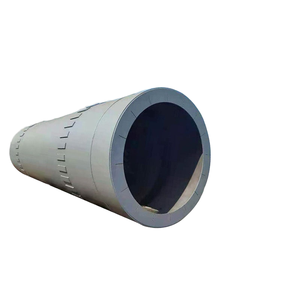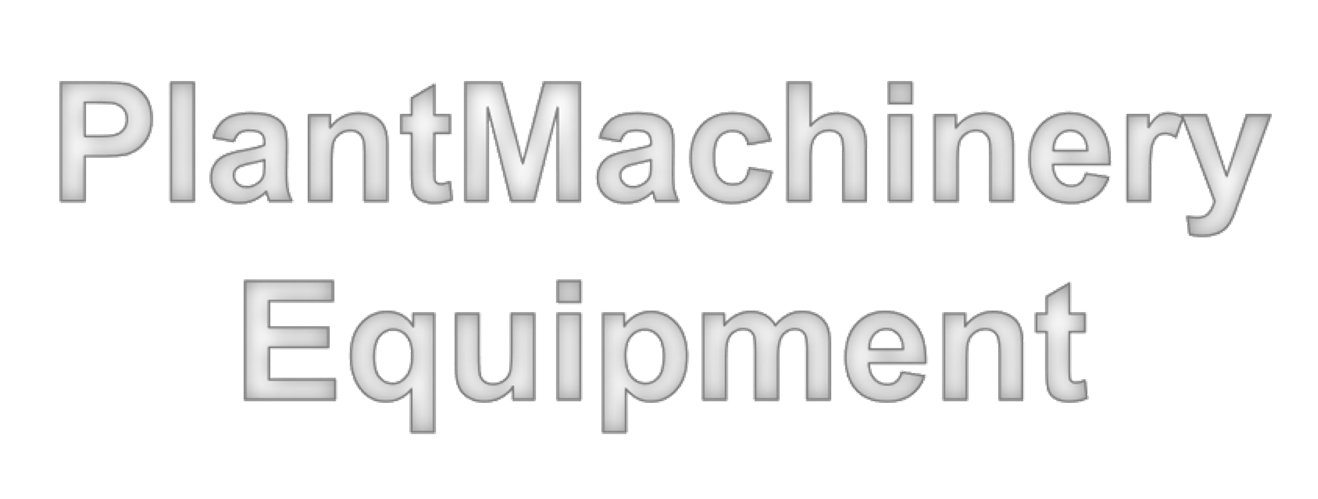PRODUCT PARAMETERS
Description
Introduction of lab rotary tube kiln/mini rotary kiln/multi zones melting rotary furnace
A rotary kiln is a kind of industrial equipment used for material heating and processing, which is widely used in cement, metallurgy, chemical industry, etc. lab rotary tube kiln/mini rotary kiln/multi zones melting rotary furnace refers to various parts and components which are necessary for maintaining and repairing the normal operation of the rotary kiln, such as cylinder, baffle wheel, pallet, sealing device and so on.
Features and advantages of lab rotary tube kiln/mini rotary kiln/multi zones melting rotary furnace
High-temperature resistance: Due to the extremely high temperature of the working environment of the rotary kiln, the spare parts are usually made of refractory materials or special alloys to ensure that they can work stably under high temperatures.
High abrasion resistance: Long time material friction and chemical erosion require spare parts to have excellent abrasion resistance to prolong service life.
High structural strength: in order to withstand heavy loads and the pressure of continuous operation, the design of spare parts will place special emphasis on structural strength and reliability.
Easy to install and maintain: Considering the need for frequent replacement, many spare parts are designed to be simpler and easier for quick installation and maintenance.
Strong adaptability: different industries have different needs for rotary kilns, so spare parts need to have good versatility and adaptability to meet diverse application conditions.

(lab rotary tube kiln/mini rotary kiln/multi zones melting rotary furnace)
Specifications of lab rotary tube kiln/mini rotary kiln/multi zones melting rotary furnace
This lab rotary kiln handles small batches for research or pilot projects. It comes in compact sizes, perfect for limited space. You choose tube materials to match your needs: quartz, alumina, or specialized alloys resist high heat and chemicals. The tube rotates slowly. This ensures even mixing and exposure for your samples.
Heating uses electric elements. They wrap around the tube externally. Multiple heating zones are key. You control each zone’s temperature independently. This setup creates precise temperature profiles along the tube length. Think gradual heating, steady high heat zones, or controlled cooling sections. Digital controllers manage everything. Setpoints and ramp rates are easy to program. Real-time temperature readings display clearly.
Reaction atmospheres are flexible. Use ambient air. Introduce inert gases like nitrogen or argon. Flow controllers manage gas input precisely. The rotation speed adjusts. Find the best speed for mixing your material. Variable speed drives offer smooth control. Safety features are standard. Over-temperature limits protect the equipment. Emergency stops are accessible. Cooling systems prevent overheating. Insulation keeps heat inside the chamber. This protects the workspace and saves energy.
This kiln melts materials. It sinters powders. It calcines compounds. It tests new reactions. The multi-zone heating and rotation mimic large industrial kilns. It provides reliable data for scaling up processes. Construction uses durable steel. Access points allow easy loading and cleaning. Thermocouples track temperatures accurately. The system integrates with data loggers for recording results. Customizable tube diameters and lengths are possible. This kiln offers lab-scale precision for thermal processing development.
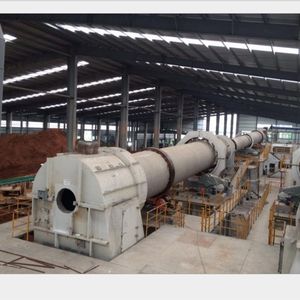
(lab rotary tube kiln/mini rotary kiln/multi zones melting rotary furnace)
Applications of lab rotary tube kiln/mini rotary kiln/multi zones melting rotary furnace
Lab rotary tube kilns serve many research and production needs. People use them for small batch work. These kilns heat materials evenly. They turn while heating. This mixing action is important. Mini rotary kilns fit well in laboratory spaces. Their small size saves room. They still offer precise temperature control. Scientists need that control for experiments. Multi-zone melting rotary furnaces add more flexibility. They have separate heating sections. Each section can have a different temperature. This lets users create complex heating patterns.
Ceramics researchers rely on this equipment. They fire test batches of new clay bodies. They sinter special powders into solid shapes. Metallurgists use these furnaces too. They reduce metal oxides to pure metal. They alloy different metals on a small scale. They test how metals react under heat. Chemical engineers find them valuable. They calcine catalysts to activate them. They decompose minerals for analysis. They roast ores to see metal recovery rates.
Mineral processing labs need these tools. They test how well ores react to heat treatment. They study phase changes in minerals. Environmental scientists use them also. They analyze ash from waste materials. They treat contaminated soils safely. They solidify hazardous waste for disposal.
The multi-zone feature is key for some tasks. It allows gradual heating or cooling profiles. Materials can pass through different atmospheres. This simulates larger industrial processes accurately. Mini rotary kilns are cost-effective for trials. They let companies test ideas before big investments. Researchers appreciate the hands-on control. They can see the process happening. They get quick results for their studies. These furnaces handle powders, granules, and small pieces well. Their rotation prevents clumping and ensures uniformity. Temperature accuracy is high. This is critical for repeatable results. Durability matters for constant lab use. These units are built tough.
Company Introduction
Established in 2001, plant Machinery Equipment Co.,ltd. focus on metal research and mining machinery spare parts. 2 factories over an area of 13,300 square meters, based on 100+ sets of equipment, our production capacity reaches 12000 Tons/Year. has passed ISO 9001 quality managment system certification in 2008.
Our mainly products are dragline excavator spare parts,rotary kiln spare parts, large modulus gear (gear shaft), gearbox ect. 40+ patents with over 45 years experience to help focus on improve the service life of spare parts. We belive that more than 80% reason of mechanical parts’ working life depends on hot processing (steel making/forging/casting/welding/heat treatment). Eight material engineers will control the quality from the original resource.
If you are interested, please feel free to contact us.
Payment
L/C, T/T, Western Union, Paypal, Credit Card etc.
Shipment
By sea, by air, by express, as customers request.
5 FAQs of lab rotary tube kiln/mini rotary kiln/multi zones melting rotary furnace
Here are 5 common questions about lab rotary tube kilns, mini rotary kilns, and multi-zone melting rotary furnaces:
What is the main job of these kilns? These kilns heat materials to very high temperatures. They rotate the material constantly. This rotation ensures even heating and mixing. It’s vital for consistent results in experiments or small production runs. They work for calcination, sintering, reduction, and melting.
How hot can they get? Temperature ranges vary by model and design. Small lab kilns might reach 1200°C. Larger mini kilns or multi-zone furnaces often hit 1700°C or higher. Multi-zone models let you set different temperatures along the tube length. This is useful for complex processes needing temperature gradients.
What materials can I process? You can handle many powdered or granular solids. Common materials include ceramics, catalysts, ores, chemicals, and glass batches. Multi-zone melting furnaces excel at metals and alloys. Always check the kiln’s max temperature and tube material compatibility. Some materials react badly with certain tube types like quartz or alumina.
How long do these tubes last? Tube life depends heavily on use. High temperatures, corrosive materials, and thermal cycling cause wear. Good tubes last months or years. Inspect tubes often for cracks, warping, or thinning. Replace damaged tubes immediately. Using the right tube material for your specific process extends its life significantly.
Are they safe? These kilns involve extreme heat and moving parts. Safety is critical. Always follow the manufacturer’s operating instructions. Use proper heat-resistant gloves and face protection. Ensure the unit is stable and secure. Never open the furnace while hot unless designed for it. Keep the area clear of flammables. Good ventilation is essential, especially for melting or processes releasing fumes.
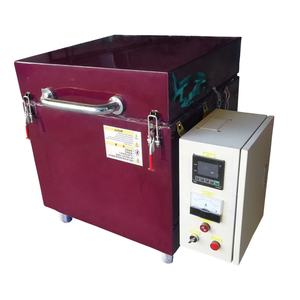
(lab rotary tube kiln/mini rotary kiln/multi zones melting rotary furnace)
REQUEST A QUOTE
RELATED PRODUCTS
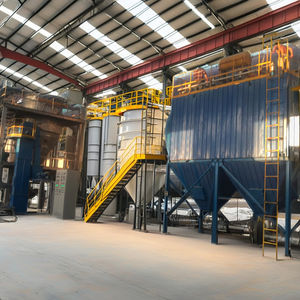
Rotary Kiln Burner Waste Oil Burner With Double Fire Stage
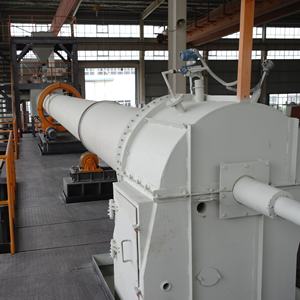
Wangli OEM Customized large ring gear Rotary Kiln Parts C45 Large diameter Rotating Ring Gear

used shuttle kiln ceramic rotary kiln ceramic kiln pottery production
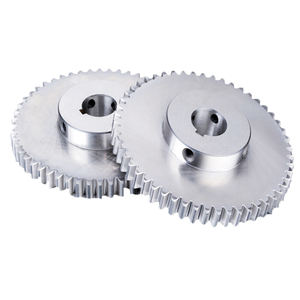
High Quality Custom Sand Iron Casting Services Foundry Roller part Cast Iron Spare Parts Grey Iron Casting Cnc Machining GG20
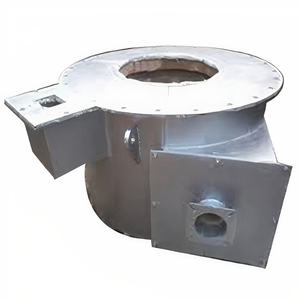
Jiangsu Pengfei Group Rotary kiln spare parts girth gear and tyre
